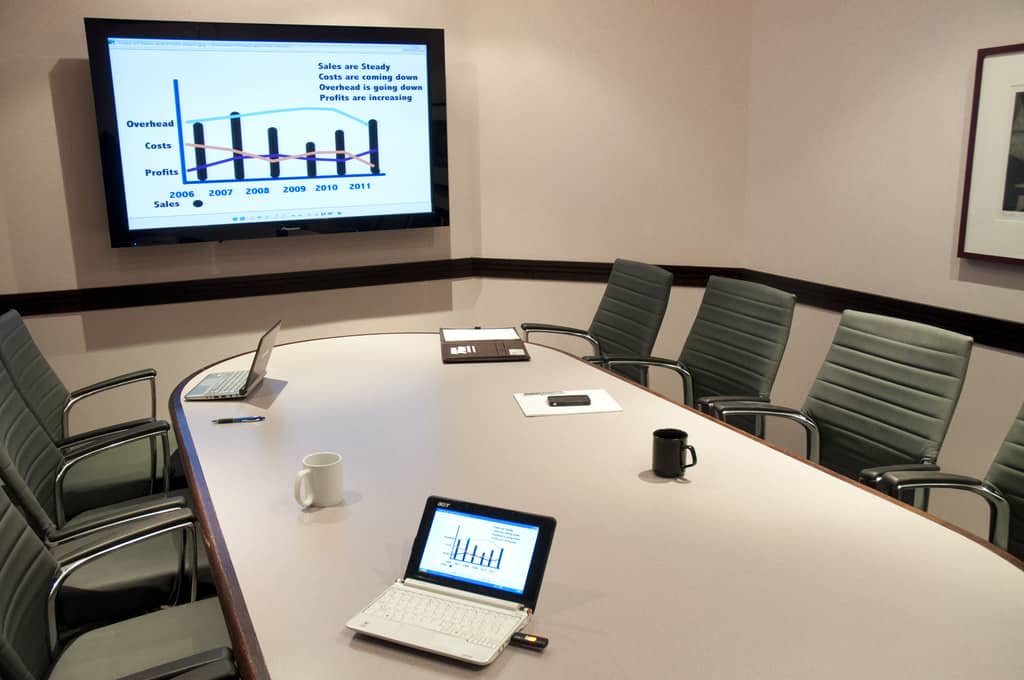Since the rise of remote work, webinars have become more and more popular. Because companies are leaning towards virtual events, learning to host an effective presentation is essential.
If you’re new to webinars or want to brush up on your skills, check out our guide below and check out our top tips.
What is a Webinar Host?
A webinar host is the main person in charge of running a webinar. As a host, you will have all the permissions to manage the webinar on the back end, the panellists and the attendees. In general, there can only be one main host that does most of the presenting and questions. You can also stop a panellist’s video, remove attendees from the webinar and much more.
Here is a brief break down of their main roles:
- Welcome the webinar guests
- Troubleshoot any setbacks
- Introduce the keynote speakers
- Represent the brand
- Lead the discussion
- Use useful webinar features and tools
How to Conduct a Webinar
In order to conduct an effective and memorable webinar, there are some simple steps you can follow before, during, and after the presentation. These steps are broken down into the following categories:
Brainstorm Your Webinar Topic
First thing’s first, you’ll need to choose a webinar discussion your guests will be interested in. The nature of your profession will determine what topic you go with. An effective way to brainstorm ideas is to throw some relevant search terms into Google related to your theme. From there, you can see what people are searching for and jot down these questions.
When researching, ask yourself the following:
- What does my audience care about?
- What are my audience’s knowledge gaps?
- How can I bring value to my audience?
A few online tools you can use for brainstorming include Answer the Public, Google Trends, SEMRush or Ahrefs.
Choose Your Format
There are dozens of different webinar formats you can use to captivate your audience. The format you pick depends on what your guests care about and want to see. So, make sure to keep them top of mind and choose wisely. A few different options include:
- Top trends webinar
- Expert panel
- A product demo or showcase
- Community builder webinar
- Research report
- Q&A session
Plan Your Presentation Design
In order to design an effective webinar, make sure all your assets are simple and consistent. For example, you can use specific colours, logos, images and fonts that align with your organization or brand.
Make sure to incorporate transition slides, and visual aids or videos to keep your guests engaged during your presentation. Pay special attention to its flow and ensure you cover all your key points so it’s smooth sailing.
A few tools you can use for consistency include:
- Figma
- PowerPoint or Google Slides
- Canva
- Prezi
Engage With Your Audience
If you’re conducting an interactive webinar, you can schedule points in your presentation that ask your audience a question or poll every 7-12 minutes. Asking direct questions that your audience can relate to can spark conversation and bring forth meaningful discussions. It will also grab their attention and keep them engaged throughout your presentation.
Build a Registration Form
Before promoting your webinar, it’s essential you have a way your attendees can register. You can create an online form so you can collect your audience’s names and email addresses or use a landing page.
Promote Your Webinar
Thanks to the internet and social media, promotion has become easier, but also essential. In order to spread the word about your webinar, it’s imperative you promote it. Here are a few different ways you can go about it:
- Update your website with the webinar information and sign up form
- Utilize your email or newsletter list
- Create bite-sized video content
- Use Instagram, Facebook and LinkedIn
- Participate in community groups
- Partner with an influencer who will promote on your behalf
- Ask keynote speakers to post the webinar on their socials
Practice Your Webinar
Before presentation day, do a run through all your speakers and get familiar with the tools you’re using. This ensures everyone is comfortable and prepared before speaking to the audience.
Post-Webinar Preparation Tips
Hosting a top-notch webinar is only half the battle. Leaving a lasting impression and showing your audience you appreciate their time is just as important. We’ve put together some simple actions you can do to stay top of mind to your guests:
Send a Personalized Thank-You Email
Your audience plays a vital role in your webinars success, and it’s crucial you express your appreciation once your presentation is complete. A simple email conveying your heartfelt thanks makes all the difference in maintaining future relationships with your attendees. Your message can include:
- Brief summary or recap of the webinar (highlight fun moments or key points)
- Include a call-to-action. Clearly state the desired action your audience should take like joining a Facebook group, signing up for an email, etc.
- Express your appreciate for your audience taking time out of their day to attend your webinar
Key Takeaways
Finally, it’s important to set up a quiet and professional environment to host your webinar. At Telsec, we have a selection of rooms for you to choose from: from small offices and meeting rooms, you won’t be distracted and will find the best room that works for you.
We’re located in the heart of Toronto and surrounded by tons of amenities. Get in touch with us today and book a tour.

